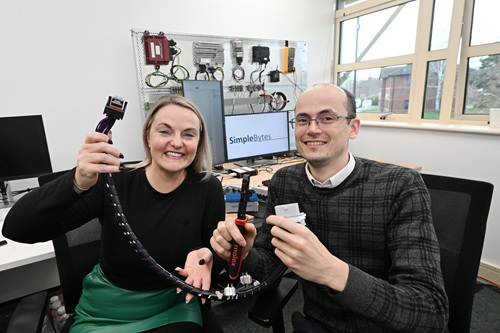Mindfulness and Relaxation:
Structured relaxation and mindfulness practices such as meditation, breathing exercises, sound baths, or spa sessions have a measurable impact on well-being. Regularly integrating these practices into the workday can reduce burnout and improve decision making. Even occasional engagement in guided sound therapy or quiet wellness spaces can help employees reset mentally and physically.
Inspiration from Wellness Environments:
Wellness-focused environments often provide spaces designed to foster relaxation and mindfulness, from gardens and calming interiors to spa facilities and sound baths. While these spaces are primarily designed for guests, they offer inspiration for businesses seeking ways to create wellness areas or programs that support staff well-being.
Practical Tips for Businesses:
- Encourage outdoor breaks or walking meetings where possible.
- Dedicate quiet areas for reflection, meditation, or brief sound therapy sessions.
- Offer wellness resources such as yoga, mindfulness workshops, or relaxation activities.
- Promote a culture where taking time to rest is valued as part of productive work.
Sustainability in wellness practices is achieved through thoughtful and consistent actions. Measures such as creating restorative spaces, supporting mindfulness activities, and integrating time in nature not only benefit individuals but also strengthen the overall resilience and engagement of teams. By adopting practical strategies and sharing wellness ideas, organisations can foster healthier, more productive, and more connected workplaces.


























